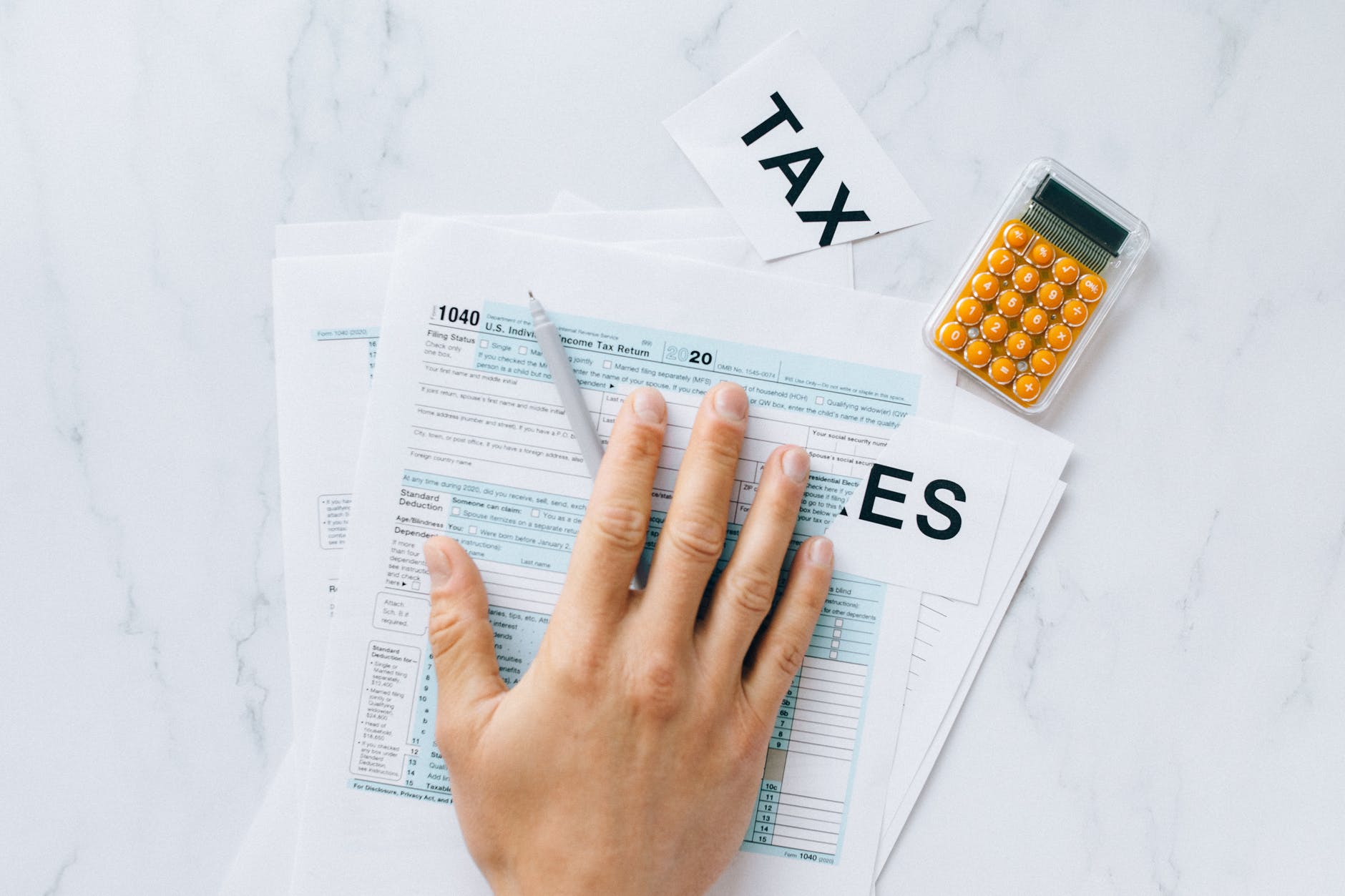IRS FORM 1040 - WHAT IS IT AND HOW IT WORKS
If you are a U.S. citizen or resident, then you must file a 1040 tax return each year, regardless of your income.
You must also file if you are self-employed, even if your income is below the filing threshold.
Form 1040 is known as the US Individual Income Tax Return.
It is the federal income tax form people use to report their income to the IRS, they can have tax deductions and refunds and calculate their total taxes for the year.
Your 1040 tax return is due on April 15th each year.
However, if that date falls on a weekend or holiday, the target is moved to the next business day.
If you file for an extension, your target is October 15th.
What to Include in Form 1040
Your 1040 tax return includes information about your income, deductions, credits, and exemptions.
You will need to report all of your income including
- Social security numbers for you, your spouse, and any dependents
- Dates of birth for you, your spouse, and any dependents.
- Your wages statements, for example, W-2s or 1099's
- Interest income or 1099-div for dividends income
- Forms supporting tax deductions
- A copy of your previous tax return.
- Your bank account number and routing number for direct deposits
1. Self-employed individuals can deduct certain business expenses from their taxable income.
This includes items like advertising and marketing expenses, office supplies, travel expenses, and professional fees.
Be sure to keep track of all of your deductible expenses throughout the year!
2. Business owners may be able to take a deduction for their vehicle expenses.
This includes both the business use of your personal vehicle and mileage expenses incurred while driving for business purposes.
To claim this deduction, you will need to keep track of the total number of miles driven for business purposes and the total amount of gas and mileage they have accrued.
3. If you are a business owner, you may be able to take a deduction for your home office.
To qualify for the home office deduction, your home office must be used exclusively for business purposes.
You can calculate the deduction by multiplying the square footage of your home office by $5 per square foot.
4. Business owners should keep track of all receipts related to their business throughout the year.
You must keep your receipts, especially those which are related to your business but are eligible for tax deductions.
This is the only way you can get the most out of filing your taxes while keeping what is yours.
Important Sections in Form 1040
- Line 7 asks for the total amount of wages, salaries, tips
- Line 22 asks for the amount of tax withheld from the taxpayer's wages.
- Line 38 is for the total amount of other taxes paid, such as self-employment tax.
- Line 41 is for the total amount of deductions and exemptions.
How to Make Preparations of Form 1040 Much Faster
Keep your receipts
It's a great idea to keep your receipts no matter what transaction you have.
If you're filling up for gas, tell the attendant to give you one and keep it.
Every transaction counts and you can take advantage of it to gain a tax deduction.
Know your state and federal tax laws
If you're single or married and filing jointly, you ought to know the nuances of state and federal taxes.
Staying on top of this makes certain that in tax season you won't have to worry about making those calculations.
If you have employees, get a good payroll system
If you have employees, you can get a good payroll system, or outsource your payroll.
If you're having just 4 employees, even staying on top of their pay dates can be a hassle.
If you pay them weekly, that might be costly.
And you're going to have to issue them W-2's so you can report their income taxes.
Generate pay stubs and track your income
Self-employed people can gain a lot through using an online pay stub generator.
It has automatic calculations and the taxes are accounted for, simply fill in your full name and choose your state.
Review your entries before printing your pay stub and purchase if you like it!




